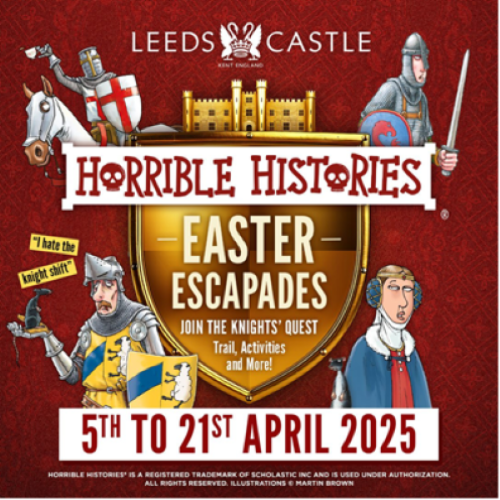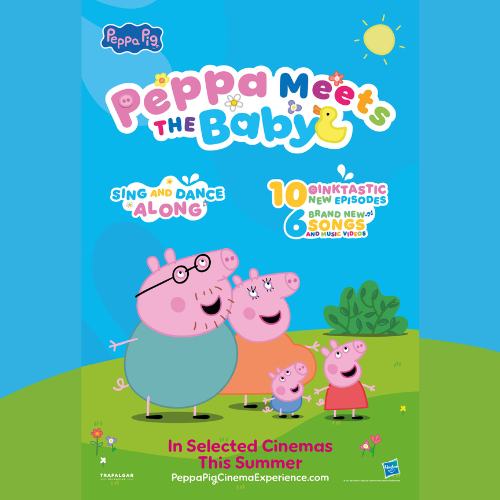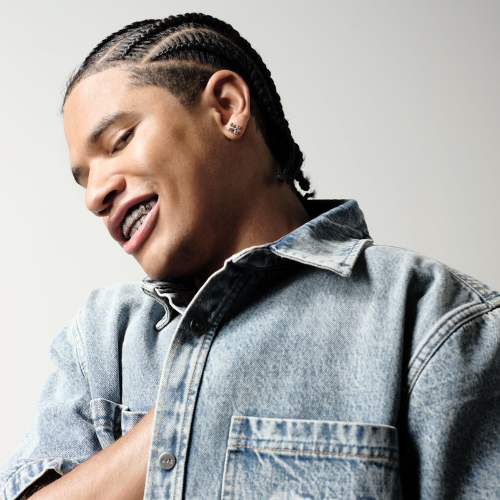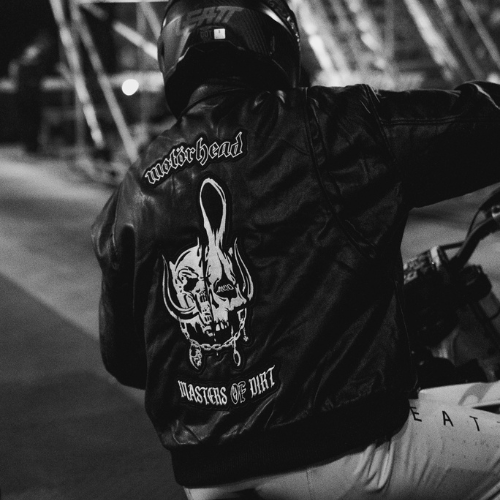Greenlight’s Tim Waine on how icons can still breathe new life into brand campaigns.
Remember that ad featuring Cheryl Cole and L’Oréal? Times and trends may change, but celebrity brand endorsements remain one of the most powerful ways for brands to engage with consumers, stay relevant and generate buzz.
Speaking of ‘buzz’, expect to see a lot of legendary astronaut Buzz Aldrin over the next week as we arrive at the 48th anniversary of the first moon landing. Not only has Buzz made history, but in recent years he’s served as brand ambassador for Omega, The North Face and Quaker Oats not to mention reinventing himself as a social media hero – proof that you can definitely teach an old icon new tricks.
It’s no wonder that 15% of all advertisements feature a celebrity or other icon, and it’s worth taking a closer look at the journey that brands need to go on in order to land a truly memorable campaign.
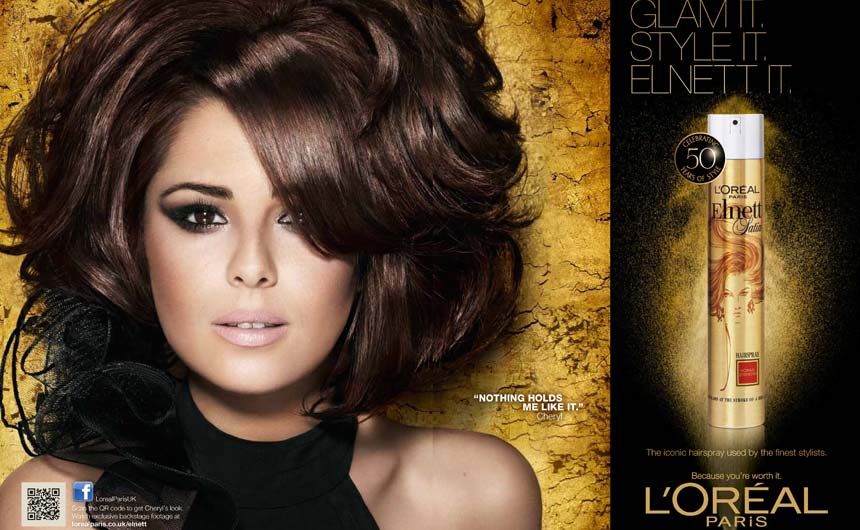
From Hostelworld and Eubank to Walkers and Lineker, UK advertising is no stranger to brand-celebrity partnerships, but securing a celebrity isn’t always straightforward – it can be a complex process, so it’s important that brands make the right choice for certain products and campaigns.
This can start with the question of whether they should opt for a living and breathing A-list star, or a deceased, but forever immortalised icon. Now, thanks to technology – from holograms to social media platforms – the playing field really has been levelled in terms of how brands can utilise these icons. Both have their advantages and inherent challenges, but remain an important way for brands to increase sales of products.
Smartwater’s partnership with Jennifer Aniston is an example of a long-term organic relationship between brand and celebrity. Thanks to the clever and well-matched celebrity endorsement, Coke’s owned Smartwater brand stands as a top selling premium priced water brand in the US, with sales continuing to rise in the UK.
With inspirational storytelling and Jennifer’s likeability, the Smartwater brand enjoyed a double-digit gain in volume last year in key territories.

Aligning the stars
For a brand to work successfully with any celebrity there must be alignment between icon and audience. Buzz Aldrin and Omega is a clear fit due to the Speedmaster being on board the day that Apollo 11 landed on the moon, but thinking beyond Buzz, picture Steve McQueen and Ford; Marilyn Monroe and Chanel; Muhammad Ali and Porsche.
These are campaigns where the associations between celebrity and brand have been memorable for all the right reasons.
Chanel not only existed but thrived during Monroe’s lifetime; with Porsche, it was a case of successfully aligning the brand values with Ali’s key attributes as a competitive sportsman.
In a study conducted by Celebrity Intelligence, 79% of companies and 84% of agencies polled said a celebrity having the ‘right look’ remains a critical attribute in determining relationships. While brands might have the ideal celebrity or icon in mind for a particular campaign, they still need to navigate the complex and often murky waters of signing said celebrity.
Managing the estates
The bureaucratic waters associated with celebrities run deep in both life and death. For example, the views of dead celebrities’ estates vary dramatically; some are particularly demanding and business savvy, others less so. The same is true of living celebrities and their representatives: agents, management, record labels, films studios et al who can dictate what a celebrity can and cannot do.
The key to a successful endorsement is navigating the approval stage, and while using a deceased celebrity can in theory present brands with an easier run in, on the other side of the coin, the complexities of the deceased’s rights can be cloudy and their estates often lack huge expertise in these areas.
In such instances, it may be worth engaging expert support to help navigate the rights process. For brands, the key with both the living and the dead is to be prepared, conduct thorough planning and be transparent in their aims and intentions.

Tapping into social stardom
Get a campaign approved, and a plethora of avenues will open up to brands. In particular, the use of social media as an advertising channel has given modern day celebrities and influencers a reach and ability to target a brand’s audience in a much more defined approach than through traditional methods such as TV advertising.
In the same Celebrity Intelligence report, 100% of agencies agreed that social media promotion remains a highly effective campaign strategy when working with celebrities. With these celebrity profiles expertly managed by modern day masters of social media, the right celebrity endorsement at the right time could really transform a brand.
@TheRealBuzz has 1.1 million followers – likely to rise even further as we approach the moon landing 50th anniversary milestone in 2019.
However, this isn’t just an advantage for the living. Deceased celebrities such as Albert Einstein and Elvis Presley also command millions of Facebook and Twitter followers.
A partnership for life
While social media accounts can be dictated by a deceased icons’ estate, there still remains one area where working with a living celebrity may be preferable, and that is product collaborations. They can often lead to longer term strategic partnerships capable of delivering transformative benefits for brands and celebrity.
A great example of this is Pharrell and G Star Raw. After two years of collaborating with and designing clothing ranges for the fashion company, Pharrell is now a legitimate co-owner of the brand who can share insights and ideas on new products. A dead celebrity couldn’t fulfil this role.

Knowing the whole story
Not all brands are willing to take risks on celebrity endorsements, and this can be the deciding factor in using a deceased icon over living ones. These celebrities tend to be ‘known entities’, their back stories captured, catalogued and out in the public domain. Irrespective of what they might have been like to work with in life, in death they are forever revered by their fans.
While living celebrities also receive this level of adoration, it is not yet cast iron or timeless. A wild night with friends, a public spat, a moment of ill-advised candour on Oprah – a celebrity’s ratings can suffer if our 24/7 media get their hands on the story.
Maria Sharapova’s recent doping scandal, which saw her thrown off the WTA tour after testing positive for a banned substance, is case in point, costing her lucrative sponsorship deals with Tag Heuer and Porsche while leaving the sponsors that stuck it out with her exposed to a barrage of social media criticism.
To nail a strong celebrity campaign, with both deceased and living celebrities, brands need the right research, backed with the right agent or estate. These are the hallmarks of an effective endorser relationship. If there is a strong and respectful connection, and the brand attributes truly align with a celebrity’s persona, then there is every reason for a memorable and profitable campaign that, like icons such as Buzz Aldrin, will be remembered for years to come.
Tim serves as senior client manager at Greenlight, part of the Branded Entertainment Network, where he leads the music licensing business across EMEA. Tim previously worked at Defected Records as licensing manager before moving to the broader role at Greenlight, encompassing talent and rights clearances. Since joining Greenlight in 2015, Tim has played a central role in representing major celebrity icons to brands and agencies across Europe, including Buzz Aldrin.














